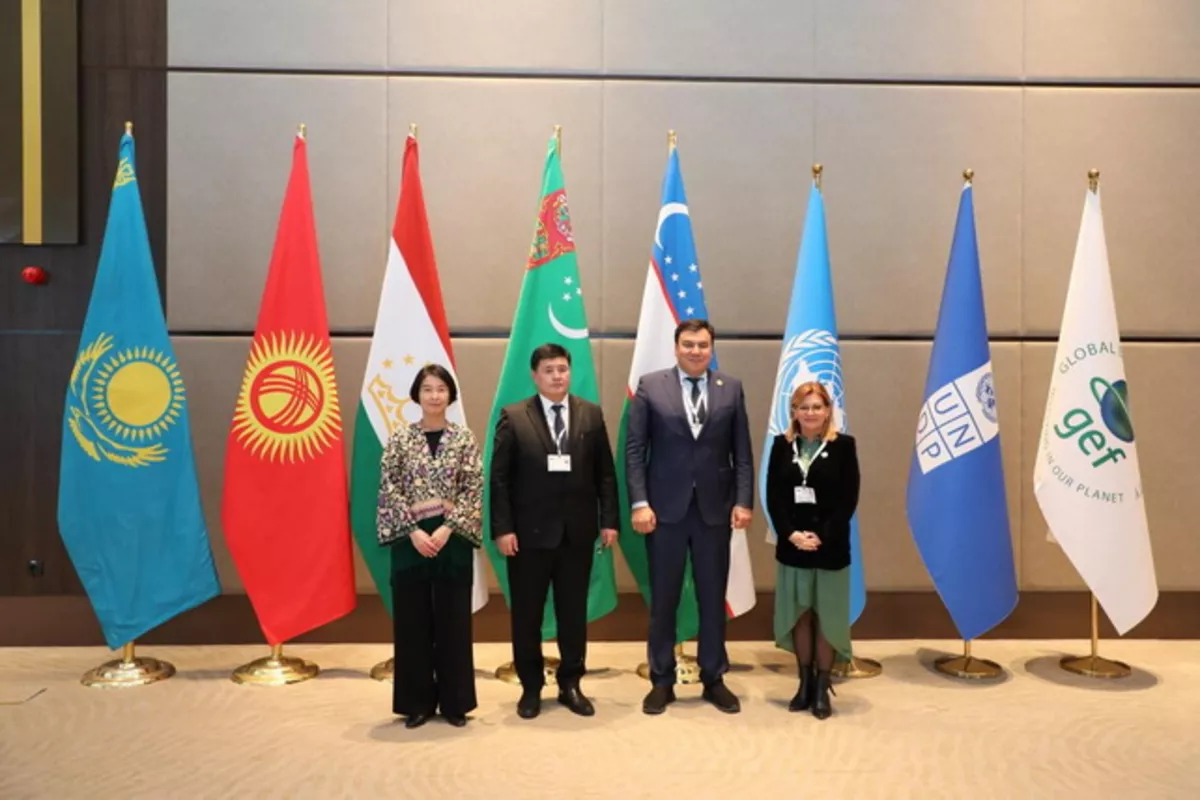
photo: UzDaily.uz
Representatives from Central Asian countries have developed a joint strategy to safeguard the region’s unique ecosystems ahead of the CITES CoP20 conference.
The consultations were held with support from the United Nations Development Programme (UNDP), The Caspian Post reports via Uzbek media.
Delegates focused on protecting key wildlife species, including the snow leopard, saiga antelope, and kulan, which are vital indicators of the region’s ecological health. They also agreed to strengthen collaborative efforts to restore habitats in mountain, desert, and steppe zones and secure migratory routes for endangered animals.
The meeting highlighted upcoming initiatives under the Global Environment Facility’s ninth cycle (GEF-9), aiming to establish transboundary ecological corridors, standardize monitoring, and enable rapid data exchange between neighboring countries.
Officials stressed the importance of public engagement in conservation and preparing a unified regional position for the CITES conference. They emphasized that environmental commitments must be translated into concrete projects with measurable results, signaling a proactive approach to wildlife and habitat protection in Central Asia.
Share on social media
